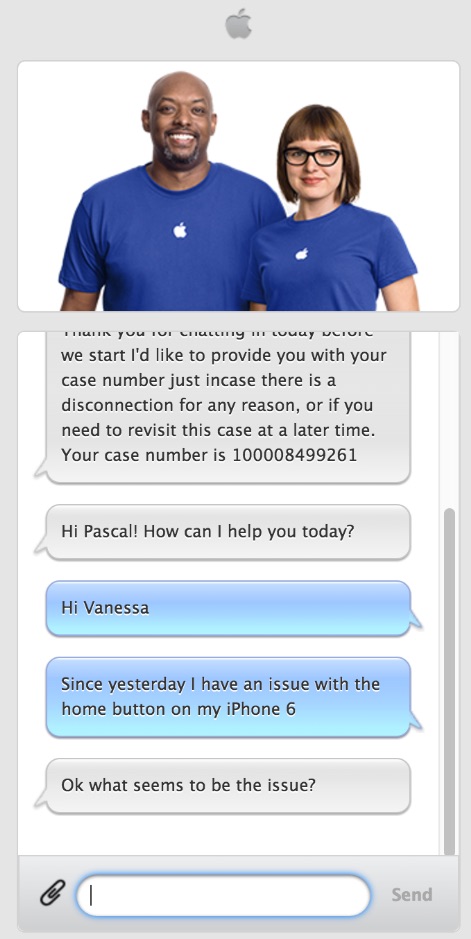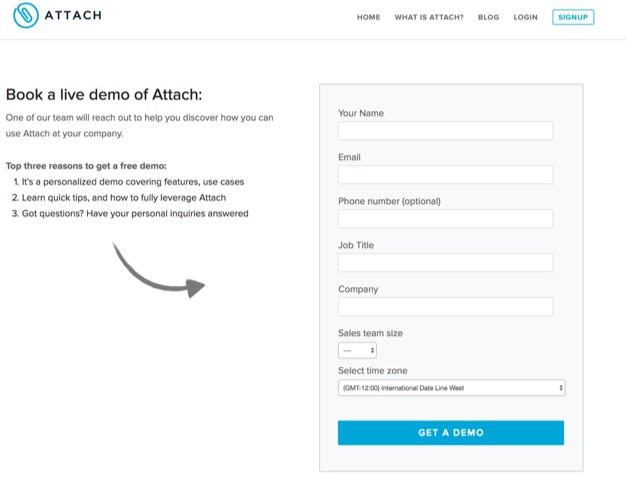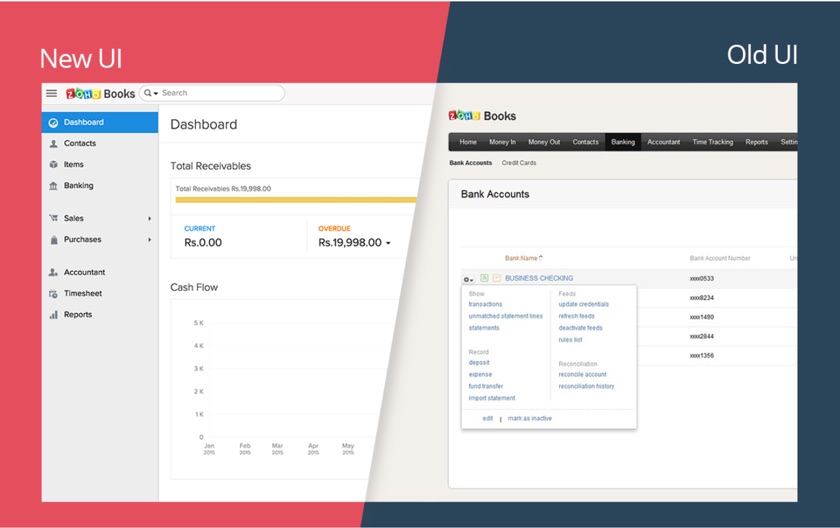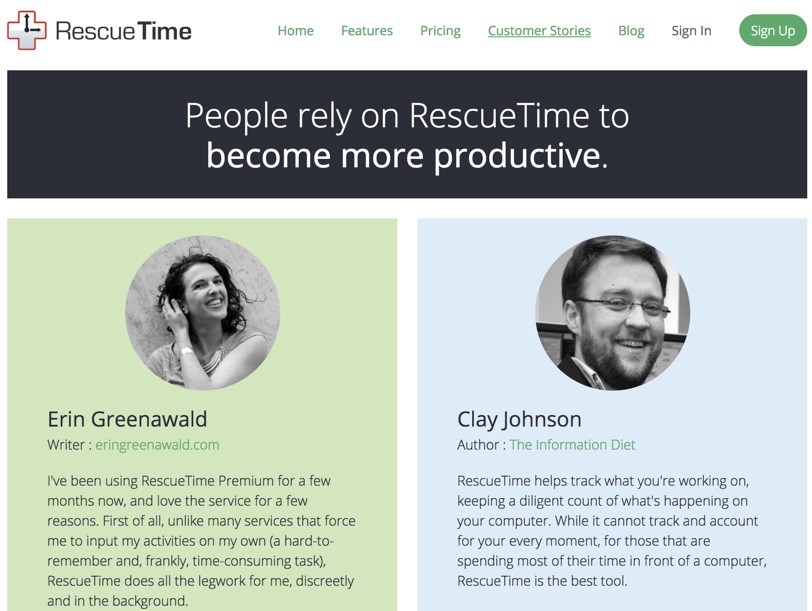Every SaaS business is aiming for sales success.
However, earning more revenue isn’t always a direct path. It’s a winding road of trial and error with internal and external factors.
Data is one solution to your sales woes. It can help your team discover gaps in the customer experience and transform your overall strategy.
The SaaS industry is a highly competitive market. As more companies emerge to claim their stake, use data to nurture your audience.
Products Don’t Sell Themselves
Your team can build a revolutionary product, but if no one understands its value, your target market may decide not to purchase it.
SaaS companies must realize that products don’t sell themselves. And while there are some exceptions to that statement, it’s better to train your sales team to solve people’s problems, rather than hope your audience will figure it out on their own.
Equip your team with the data to make better decisions during the sales cycle. Knowing vital information, like a prospect’s budget, personality, and beliefs, can determine how a sales rep prepares for a follow-up call.
And it’s not enough to just to talk about value with your SaaS prospects. It’s about creating something greater than what they already expected. Mark Cranney, operating partner at Andreessen Horowitz, writes:
“Some people think the sales force’s job is to communicate value to customers. To these people, sales is about buying a bunch of search Adwords or mouthpiecing a company’s message. They’re wrong. The true purpose of sales is to create new value for customers.”
To develop new value, it starts with personalization. You want to help customers find the solution to their problem, not just any problem. And that means having an open dialogue with your audience.
Below is an example from Attach, a sales engagement platform. The company uses live demos to start customer conversations. You’ll notice how the free demo is customized to cover the needs of the potential user.
How are you personalizing the experience? Give your product more worth by solving the customer’s unique issues.
Customer Experience Reigns Supreme
Your team’s mission is to dive into the product usage data to find glitches. By alleviating the everyday pains of the customer, they’ll have more time to reap your product’s benefits.
And that’s what you truly want. More value received means customer success and possibly a notable case study for your business.
Sales isn’t the sole responsibility of your sales team. Every team member is responsible for customer success, from lead to brand advocate. That’s why the overall customer experience matters throughout the entire journey.
Every customer interaction will determine whether a trial user becomes a customer or a recurring customer decides to continue with his service.
Communication is essential when making each customer experience worthwhile. If a lead has questions about a particular plan, are your sales reps readily available with answers?
If a customer wants to troubleshoot a quick problem, do you have an accessible knowledge base with detailed instructions?
“An enterprise software company that designs for IT and neglects to create a delightful user experience will lose when it comes to adoption. Emphasis on product usability and design will separate the winners from the losers in the world of SaaS,” states Jeetu Patel, vice president and general manager of EMC’s Syncplicity Business Unit.
Zoho Books updated its application to combat product workflow and visual design issues. With lots of experimentation, the team made the product better. Below is a side-by-side comparison from its old tabbed navigation to a new left-sided navigation.
Selling SaaS platforms involves everyone on your team. It’s one of the few ways to guarantee a memorable customer experience.
Customer Support Matters
Speedy and polite customer support teams play an integral role in SaaS sales.
It’s not enough to get a visitor to click purchase. You need knowledgeable staff to help customers.
Repeatedly, companies fail to offer superior support that not only answers the customer’s questions, but also reassures the customer that the brand is a leader in the industry.
Think of the support team as the front line of your brand. They mold people’s perceptions.
And it’s not unheard of for customers to love a brand’s products, yet decide to buy from a competitor because they offer better customer support.
In a fast-paced society, consumers want immediate access to their questions. Social media has offered businesses the chance to meet customers on their playing field.
Companies are answering service questions on Twitter, while moving complex issues to direct messages. Teams are even using social media to create moments of delight—recognizing customers for their brand loyalty.
Moreover, customers want to talk to a real person who can empathize with their issues. Live chat eases consumer anxiety.

Be mindful of how to use chat support to gain the most value. Respond in a timely manner and speak in a conversational tone—a few emojis can brighten up the mood. And add a photo to build a human connection with the customer.
Avoid neglecting customer support in the sales process. Set the baseline by giving customers your undivided attention.
Higher Retention Means Higher Expectations
With a host of competitors at their fingertips, customers desire SaaS companies to exceed their expectations. If not, they may decide to take their business elsewhere.
Research continues to prove that it’s more profitable to retain customers than acquire them. However, what’s rarely mentioned is how to retain customers.
Retention programs aren’t one size fits all across the SaaS industry. Every company possesses its own set of unique challenges to keep customers interested.
For instance, teams are quick to develop loyalty programs to engage their brand ambassadors. They start sending out email campaigns with discounts and inviting advocates to VIP events.
But that’s not always the best option for your customers. By asking for feedback and observing user behavior, you might discover that a Facebook group with exclusive content can achieve similar or better results.
Simply recognizing your customers can lead to retention, too. Are you highlighting your top customers on your site? RescueTime dedicates an entire page to showcase customer stories.
Customer retention also extends to your internal operations. Your sales framework must encourage team members to address retention.
“Once HubSpot realized that their churn rate was a sales problem, they dug into the data once again to determine the catalyst. As it turned out, the sales compensation plan they had in place was practically encouraging reps to ignore the potential for churn,” writes Sonja Jacob, former director of content marketing at Mattermark.
Achieving higher retention rates requires doing things differently. Find out what works best for your company.
Data Leads The Way
Sales reps need accurate insight to close deals. With data, your team has the opportunity to uncover customer issues and address operational challenges.
More than ever, prepare your SaaS company to dominate the competition. Seek to deliver customer satisfaction along with higher ROI. Let data lead the way.
About the Author: Shayla Price lives at the intersection of digital marketing, technology and social responsibility. Connect with her on Twitter @shaylaprice.
source https://blog.kissmetrics.com/saas-sales-depend-on-data/



No comments:
Post a Comment